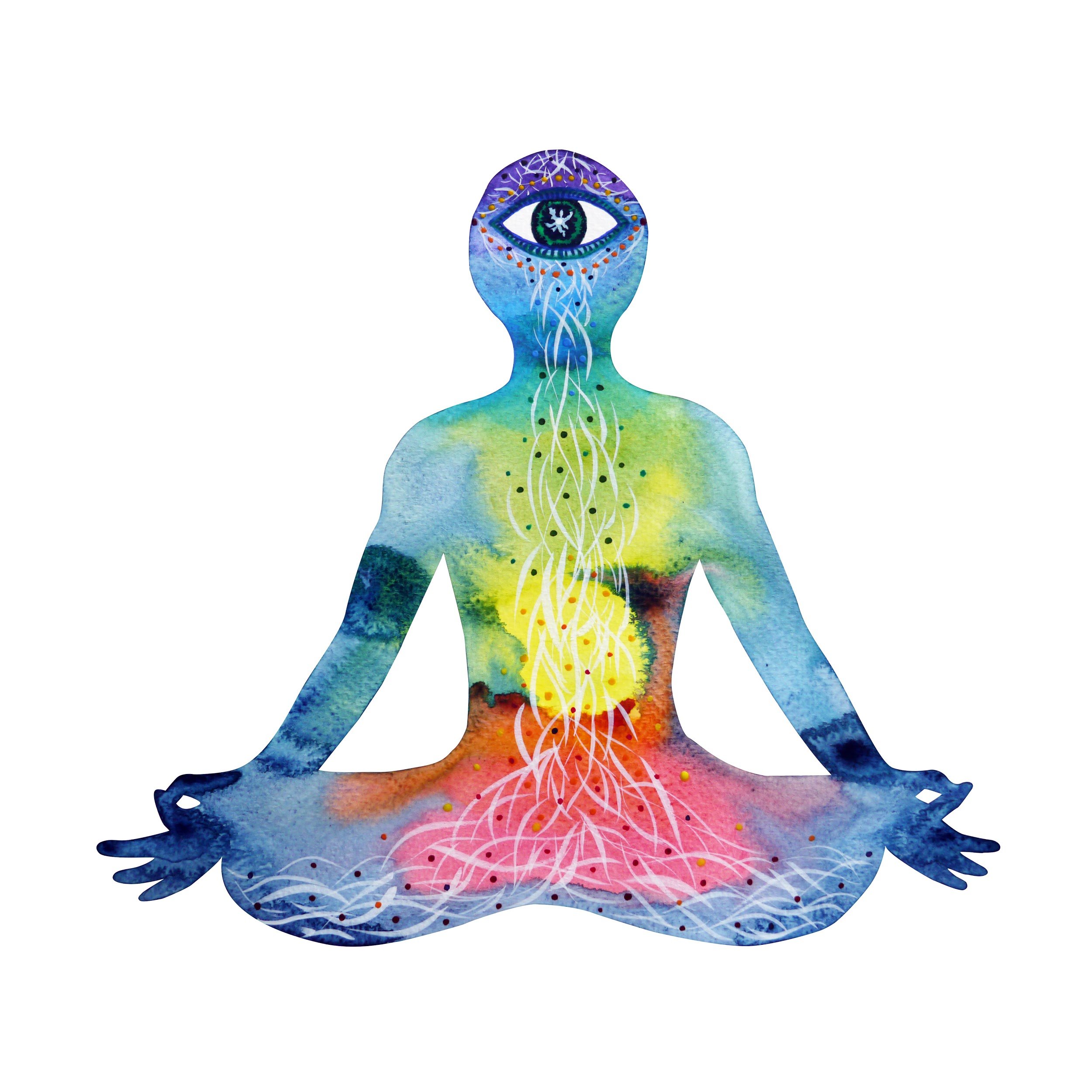There are many people who hear the words “alternative medicine” or “holistic wellness” and meet it with immediate skepticism. However, as recently as one hundred years ago, what we now classify at “alternative medicines” were the only medicines available.
The scientific advances during the European enlightenment brought us antibiotics, anti-inflammatories, serotonin inhibitors and other drugs, which caused decreased popularity in so-called “natural” treatments. While the advances in medicine are truly revolutionary and the solution to many previously hopeless health problems, it also brought about the belief that science would eventually cure all mental and physical disease. As a result, “natural” treatments were deemed ineffective and old fashioned in the minds of many people.
However, that mindset is rapidly changing.
Why Are More People Choosing Complementary Holistic Treatments?
Today, the overprescription and ineffectiveness of some modern medicines has prompted many to search for alternative treatments for issues such as anxiety, depression, addiction, gastrointestinal problems and chronic pain.
While holistic modalities are not the answer for each and every health problem, people are now beginning to understand that in order for true healing to occur, the root cause of the issue needs to be treated as well. As a result, many are choosing to incorporate complementary alternative therapies into their treatment plan, or simply in their every day life to increase happiness, relaxation, emotional balance and mind-body health.
What Are The Most Popular Holistic Wellness Modalities?
- Massage Therapy: The American Massage Therapy Association reports that the primary reason people seek a massage is to boost overall wellness. As of July of 2017, around 50 million adults in the US have discussed massage therapy with a health care provider, and that 59 percent of those doctors strongly recommended massage and/or referred them to a massage therapist.
- Yoga & Meditation: The National Center of Biotechnology Information states that increasing flexibility and relieving stress are the most popular reasons for starting a yoga or meditation practice. Aside from time for self-reflection and cultivating compassion, there is also emerging research on how yoga and meditation can improve issues such as chronic pain, fatigue, obesity, asthma, and irritable bowel syndrome.
- Energy Work (Reiki, Polarity, Cranial Unwinding, etc): In addition to being a great tool for bodywork practitioners, energy modalities such as Reiki are now one of the top three complementary in-patient therapies in U.S. hospitals, according to an AHA survey. Massage therapy takes first place, with 37% of hospital patients requesting such services. Energy work has been used in conjunction with traditional treatment for conditions such as heart disease, anxiety, depression, chronic pain, infertility, and neurodegenerative disorders.
Hypnotherapy: According to the Mayo Clinic, Hypnotherapy is a promising option for many seeking pain control, behavior change, coping with side effects of treatments such as chemotherapy and mental health conditions like anxiety, phobias and post-traumatic stress. As interest in holistic modalities increase, many traditionally educated mental health providers are adding Hypnotherapy to their treatment or referring their patients to a Hypnotherapist. There has also been increased interest in adding Hypnotherapy to general psychiatric education, due to the valuable dimension it adds to mental well-being.
The Future of the Wellness Industry:
The Global Wellness Institute (GWI) state that the wellness market, which encompasses everything from day spas to hypnotherapy practices, is valued at $4.2 trillion, having grown 12.8% in the last two years alone. The wellness industry now represents 5.3% of global economic output--and it’s showing no sign of slowing down! Due to increased demand for these modalities, it’s projected to grow 8% in the next five years, reaching over $197 billion by 2022.
As wellness grows in cultural popularity, it will hopefully translate into public policy. The United States spends significantly more on healthcare than other developed countries, and yet consistently has poorer outcomes when it comes to the overall health of its population. Holistic wellness modalities have proven themselves effective on the preventative side of medicine, and it’s up to pioneering practitioners to lead the way to better, happier lives through a mind-body-spirit connection.





